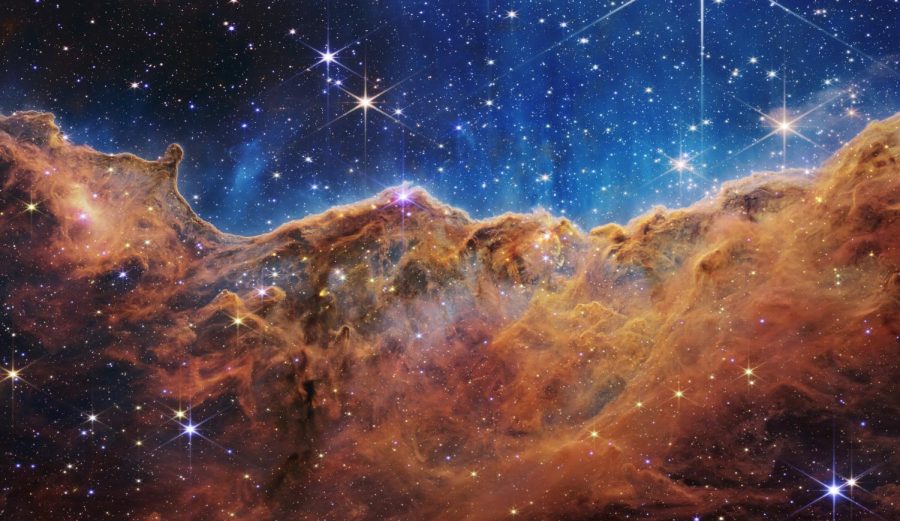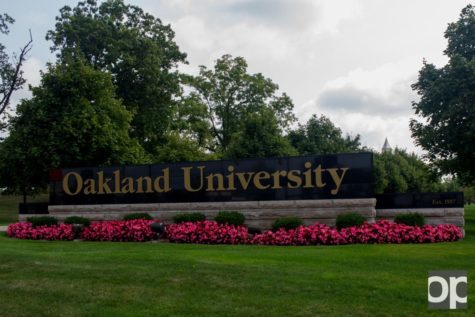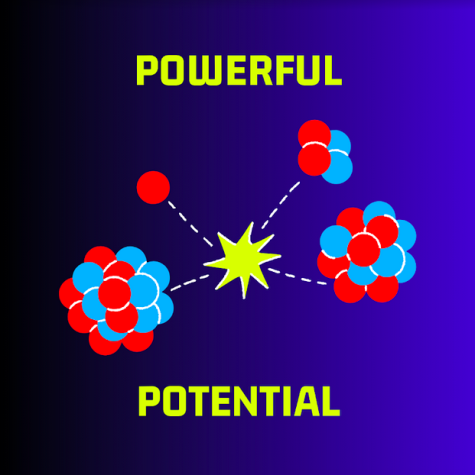NASA’s James Webb telescope reveals astonishing photos of the universe
After launching the James Webb Telescope (JWST) into orbit on Christmas Day 2021, NASA finally unveiled a series of extraordinary photos captured from deep space.
NASA describes JWST as an “infrared observatory” which orbits the Sun about one million miles from Earth with a primary goal of finding “the first galaxies that formed in the early universe and to see stars forming planetary systems.”
Developing the Webb Telescope was a tedious process which took 30 years and cost over 10 billion dollars.
According to Time Magazine, “Webb has the capacity to look 13.6 billion light years distant—which will be the farthest we’ve ever seen into space.”
For reference, a single light year is about 6 trillion miles.
Webb’s mission is expected to be operational for 5 ½ years, but could last longer than 10 years. NASA explains, “the lifetime is limited by the amount of fuel used for maintaining the orbit, and by the possibility that Webb’s components will degrade over time in the harsh environment of space.”
Regardless of the number of Webb’s operational years –– it is already proving invaluable in revealing insights to the mysteries of galaxies previously too distant to observe.
The images captured from Webb provide new detail about the Carina Nebula, the five galaxies known as “Stephen’s Quintet” and the Southern Ring Nebula.
The Carina Nebula displays the “earliest, rapid phases of star formation that were previously hidden,” NASA said. “Looking at this star-forming region in the southern constellation Carina, as well as others like it, Webb can see newly forming stars and study the gas and dust that made them.”
NASA explains that Stephen’s Quintet exhibits the “velocity and composition of the gas near its supermassive black hole. Now, scientists can get a rare look, in unprecedented detail, at how interacting galaxies are triggering star formation in each other and how the gas in these galaxies is being disturbed.”
The Southern Ring Nebula is a “planetary nebula, an expanding cloud of gas that surrounds a dying star, is approximately 2,000 light-years away,” NASA said. “Here, Webb’s powerful infrared eyes bring a second dying star into full view for the first time. From birth to death as a planetary nebula, Webb can explore the expelling shells of dust and gas of aging stars that may one day become a new star or planet.
The pièce de ré·sis·tance from JWST is a galaxy cluster titled, SMACS 0723. The image, which was unveiled by President Joe Biden, is “the deepest and sharpest infrared image of the distant universe to date,” as explained by NASA.
NASA states, “light from these galaxies took billions of years to reach us. We are looking back in time to within a billion years after the big bang when viewing the youngest galaxies in this field. The light was stretched by the expansion of the universe to infrared wavelengths that Webb was designed to observe.”
The possibilities for Webb are vast. JWST program scientist Eric Smith said the five images released were more or less “practice runs” with Webb’s instruments.
“We’re making discoveries and we really haven’t even started trying yet,” Smith said. “So the promise of this telescope is amazing.”
The photographs from JWST are both a technological and scientific wonder. As stated by President Biden, the images represent a “historic moment for science and technology. For astronomy and space exploration. And for America and all of humanity.”












Anon • Jul 27, 2022 at 5:45 PM
Webb can see 13.6 billion light years. Think about that. The light from something that far away was produced in a star 13.6 billion years ago and traveled all that way, for all that time, just to reach us. It’s awe inspiring to think about.
And the universe is only 13.7 billion years old (only :P). Being able to see 13.6 billion light years distant means that Webb can pretty much see almost all of the universe and almost everything that has ever existed since the Big Bang.
When we try, work together on a team, and commit ourselves to accomplishing something, we can do some pretty remarkable things.